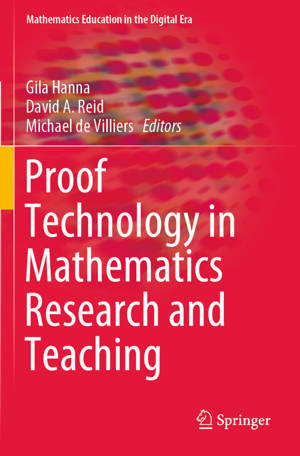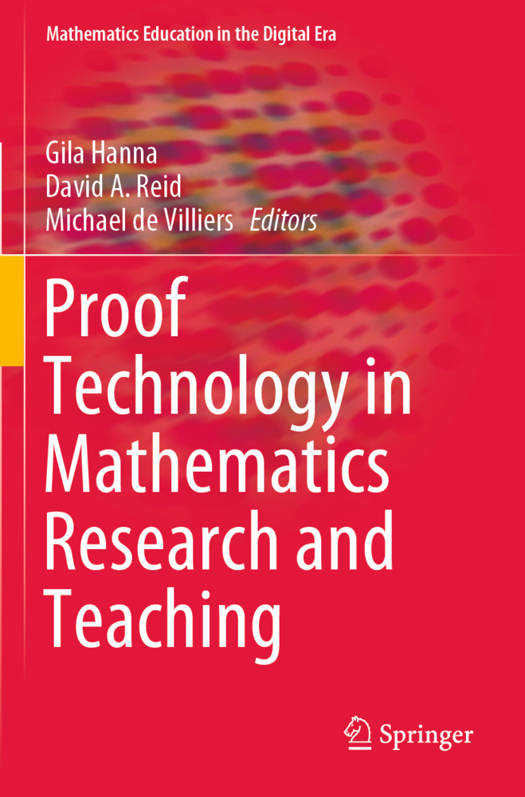
- Retrait gratuit dans votre magasin Club
- 7.000.000 titres dans notre catalogue
- Payer en toute sécurité
- Toujours un magasin près de chez vous
- Retrait gratuit dans votre magasin Club
- 7.000.000 titres dans notre catalogue
- Payer en toute sécurité
- Toujours un magasin près de chez vous
Proof Technology in Mathematics Research and Teaching
Description
Proving is sometimes thought to be the aspect of mathematical activity most resistant to the influence of technological change. While computational methods are well known to have a huge importance in applied mathematics, there is a perception that mathematicians seeking to derive new mathematical results are unaffected by the digital era. The reality is quite different. Digital technologies have transformed how mathematicians work together, how proof is taught in schools and universities, and even the nature of proof itself. Checking billions of cases in extremely large but finite sets, impossible a few decades ago, has now become a standard method of proof. Distributed proving, by teams of mathematicians working independently on sections of a problem, has become very much easier as digital communication facilitates the sharing and comparison of results. Proof assistants and dynamic proof environments have influenced the verification or refutation of conjectures, and ultimately how and why proof is taught in schools. And techniques from computer science for checking the validity of programs are being used to verify mathematical proofs.
Chapters in this book include not only research reports and case studies, but also theoretical essays, reviews of the state of the art in selected areas, and historical studies. The authors are experts in the field.
Spécifications
Parties prenantes
- Editeur:
Contenu
- Nombre de pages :
- 379
- Langue:
- Anglais
- Collection :
- Tome:
- n° 14
Caractéristiques
- EAN:
- 9783030284855
- Date de parution :
- 18-10-20
- Format:
- Livre broché
- Format numérique:
- Trade paperback (VS)
- Dimensions :
- 156 mm x 234 mm
- Poids :
- 539 g






